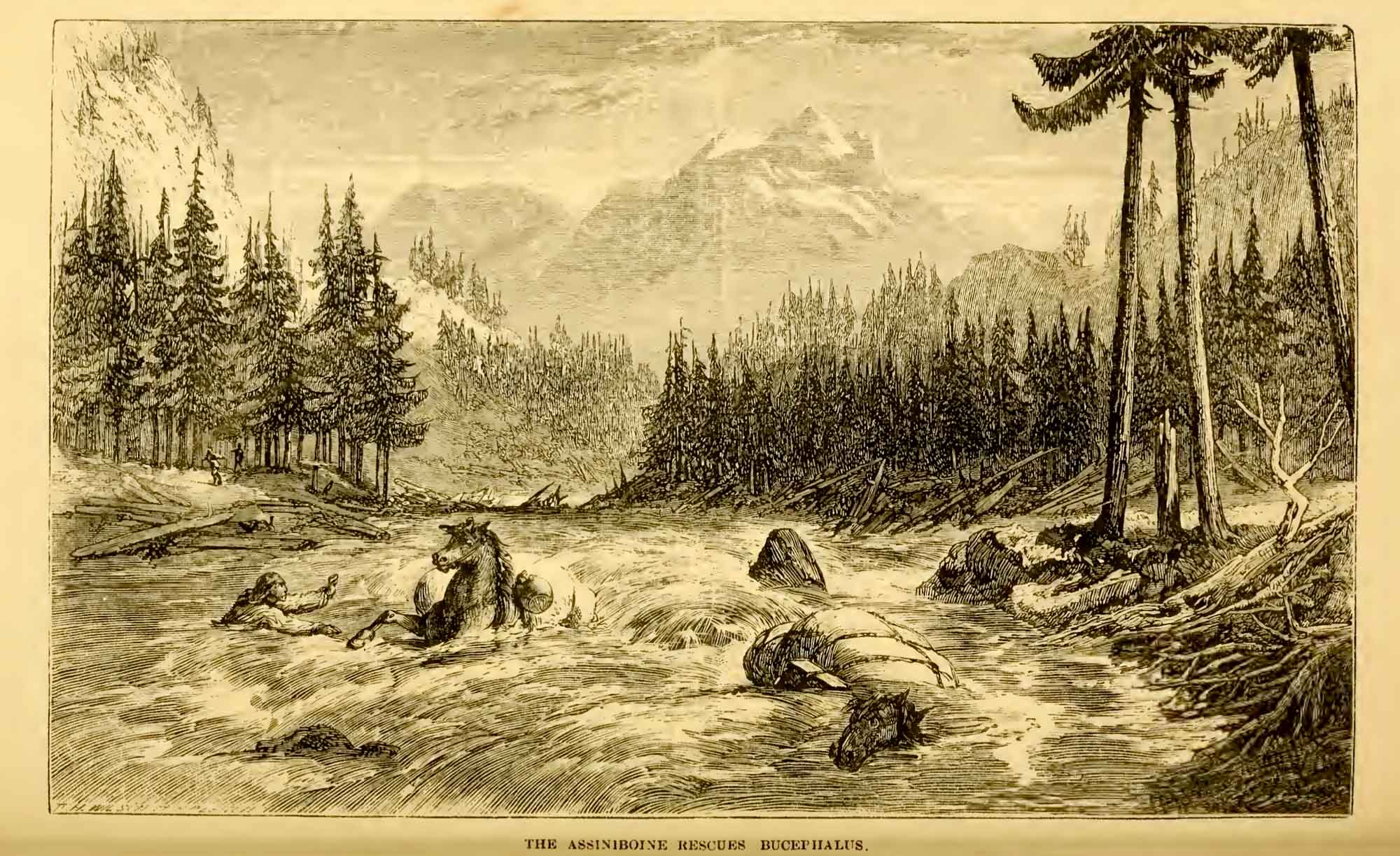E of Moose Lake
52.9514 N 118.6522 W — Map 083D15 — Google — GeoHack
Name officially adopted in 1924
Official in BC – Canada
Boundary Commission Sheet 30 (surveyed in 1924) [as “Mt. Caledonia”]
The valley of the Miette River, over which Caledonia Mountain looms, was sometimes referred to as the Caledonian Valley during the fur trade era. “The afternoon proved that the valley is worthy of its old name Caledonian, if the name was meant to suggest the thistle of the ‘wha’ daur meddle wi’ me!’” wrote George Monro Grant [1835–1902] after his 1872 trip with Sandford Fleming [1827–1915].
“New Caledonia” was the name for the interior of British Columbia during the fur trade, a name given by Simon Fraser [1776–1862] because the country reminded him of his mother’s descriptions of her native Scotland. Caledonia is a Celtic word meaning “a dweller in woods and forests.”
- Grant, George Monro [1835–1902]. Ocean to Ocean: Sandford Fleming’s Expedition through Canada in 1872. Being a Diary Kept During a Journey from the Atlantic to the Pacific with the Expedition of the Engineer-in-Chief of the Canadian Pacific and Intercolonial Railways. Toronto: James Campbell and Son, 1873. Google Books

